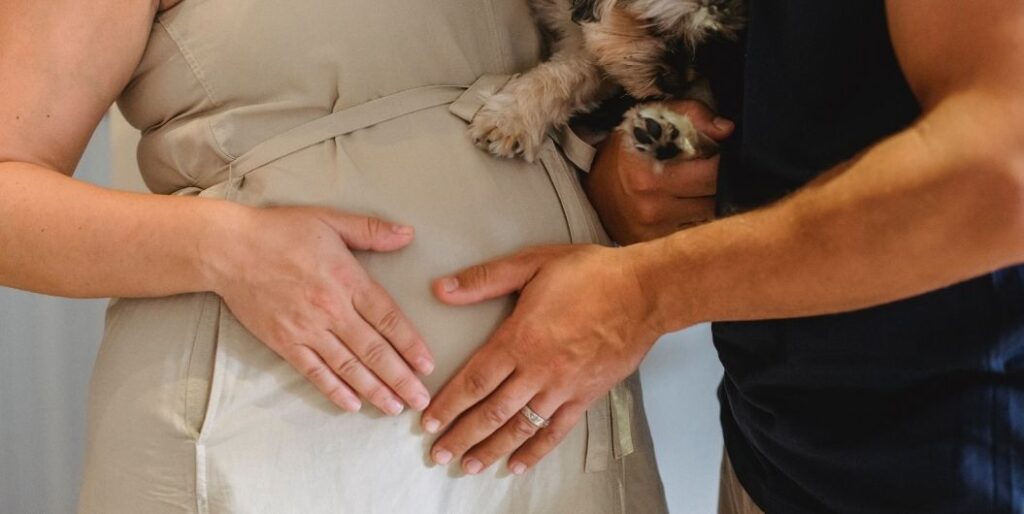Ectopic Pregnancy: Signs & Symptoms

An ectopic pregnancy occurs when an egg that has been fertilized implants itself somewhere outside of the uterus, typically in the fallopian tubes. This complication, though typically referred to as ectopic, which translates to “out of place,” may also be called a “tubal pregnancy.” Although the fallopian tubes are the most common place an ectopic pregnancy occurs, a fertilized egg may implant itself in the abdomen, cervix or ovaries.
This is a serious complication of pregnancy, and one that unfortunately always ends in the loss of the pregnancy. A fertilized egg needs the environment of the uterus to nourish it and sustain its growth. A fallopian tube, for example, has neither the nutrients nor space to accommodate a growing fetus. The egg will eventually outgrow its space, which, in the most serious of cases, will result in rupturing the organ it has settled into.

Causes
An ectopic pregnancy may be caused by any number of things. Most typically, it is caused by damage to the fallopian tubes which causes a blockage. This may be the result of infection, typically pelvic inflammatory disease (PID). Endometriosis, scar tissue and congenital defects may also contribute to ectopic pregnancies as well. Women who are more at risk for developing an ectopic pregnancy have a history of previous ectopic pregnancies, PID, previous fallopian tube surgery, infertility and use of some birth control, including IUDs, the morning after pill and oral contraceptives that have only progesterone.
Symptoms of Ectopic Pregnancy
Ectopic pregnancies are not usually diagnosed until the onset of pain, which is typically severe. The typically sharp and possibly stabbing pain may present itself in the pelvic region and/or abdomen, and sometimes, the shoulder and neck. Some women may experience spotting, vaginal bleeding, lightheadedness, fainting, pain in the lower back and low blood pressure. You may have experienced some early symptoms of pregnancy as well, but ectopic pregnancies may not present themselves until they are threatening to rupture the organ it has implanted into.

Diagnosis
If you are presenting with symptoms of an ectopic pregnancy, your doctor will first confirm the pregnancy, then perform an abdominal and pelvic exam to examine the uterus and cervix. An ultrasound will typically provide a final diagnosis and location of the ectopic pregnancy.
Treatment
An ectopic pregnancy must be terminated to save the life of the mother. If left untreated, rupture of the fallopian tube or other organ will occur causing severe bleeding, which can result in death. Depending on where the egg has implanted, and how far along the pregnancy is, the egg can be removed non-surgically. The drug methotrexate is injected, which dissolves the egg, which is then naturally absorbed by the body.
For more advanced pregnancies, the doctor may have to resort to a surgical treatment. This may range from a less invasive laparoscopy surgery, to major abdominal surgery. Depending on the condition of the fallopian tube, it may have to be removed or repaired along with the embryo. It is imperative that all tissue related to the pregnancy be removed — if it isn’t, severe infection may result.
Unfortunately, there is a higher rate of recurrence for women who have had an ectopic pregnancy — typically 15% of women who have had an ectopic pregnancy will have a subsequent one. 30% of women who have suffered an ectopic pregnancy will struggle with infertility. The good news is that, depending on how well the fallopian tubes faired with the previous ectopic pregnancy, women have a 60% chance at having a successful pregnancy.
